If you operate an intensive or semi-intensive management system for raising your goats, you may enjoy learning a few things from this article on the best goat feeders. Goats are hardy animals and very intelligent. They are highly resistant to pests and diseases. They eat almost anything you feed them because their GIT, unlike other animals, is able to digest complex cellulose.
So, getting the right feeder for your goats might seem very unnecessary, maybe even difficult. However, it doesn’t have to be complicated unless you make it. This article is basically a starter’s guide on choosing the best goat feeders. Here, you’ll find a list of various types of goat feeders to use with your goat feed and how to pick the best one for you.
If you’re looking for a complete starter guide on raising goats we have a great article with some intense in-depth reading.
Why do you need a goat feeder?

It is tempting to just put the feed on the bare soil for the goat to eat since they have such a rugged GIT. However, that is very wrong.
In any business, including animal rearing, your input determines your output or profit. As an animal farmer, the majority of your input is the feed you give to your animals.
How you give them this feed largely determines if and how much of it they consume. Good quality feeders ensure the comfort of animals while feeding, which makes them consume more food. They protect the feed from rainfall, wind, and other elements and preserve the quality of the feed.
What do you need in a goat feeder?
Before you rush into examining the types of goat feeders available, there’s something you need to do first. You need to study your farm and the animals. Many animal farmers make the copy and paste mistake when seeking advice. You have to understand that what worked for another farmer might not work for you. Every decision you make on your farm, including your choice of feeders, has to be the right fit for you.
Here are some necessary things you need to know or consider about your goats before choosing a feeder:
Age of the goats
Not all feeders are age-appropriate. Nutritional requirements of goats change as they increase in age. This means that their feeding space requirements also vary. How old are your goats? Do you have different ages of goats in one pen? If so, you might want to separate them and get different feeders for them.
Size of the pen
The size of the pen not only determines the type of feeder to use but also the size and number of feeders to use.
Size of herd
How many goats do you have per pen? This will also determine the type, size, and number of feeders.
Management system
In an intensive management system, the goats are strictly confined to their pen. The only source of nutrients they get is the one you provide them with. A Semi-intensive system allows the goats to supplement their feed with nutrients obtained from grazing. Management systems influence the quantity and quality of feed given to your animals, which affects the type of feeder used. These are just a few of the things you need to consider before getting a feeder. Other factors include; type of feed, breed of goats, etc. You need a feeder that meets all these requirements.
Types of Goat Feeders
After considering what you need in a goat feeder, you can now go ahead and access the various types of goat feeders. There are various types of feeders. These feeders are grouped based on the type of feed, makeup material, goat age, and other factors.
Goat hay feeder
Hay is basically dried grass used as animal fodder. This is the cheapest and most common feed for goats. It is important you get the right hay feeder for your goats. Goats thrive when they are exposed to sufficient, good-quality hay. Your hay feeder should make it possible for the goats to choose just the right amount of hay they are able to consume at a time, thereby reducing waste.
There are various types of goat hay feeders. This might make it a bit confusing trying to pick one. Just keep in mind, however, that the most essential points you need to consider in choosing a hay feeder are the: size of the herd(number of animals), price of the feeder, make-up material, and other factors. After considering these points, I have come to a reasonable conclusion that the round bale feeder is one of the best types of hay feeder.
Round bale feeder for goats
Are you searching for a no-waste hay feeder for goats? A round bale feeder is a fantastic kind of goat hay feeder. You can call it a partial automatic feeder.
All you have to do is fill it up with a bale of hay or more, depending on the size of the feeder. This type of feeder saves you money, time, and feed. Money, because it is more affordable than other bale feeders
It saves you a whole lot of time too. Once you fill-up the feeder and gather your goats around to feed, you don’t need much supervision. You don’t have to check on them frequently since it’s easy for the goats to feed themselves from this feeder. This means you can invest your time in other profitable activities.
Another very effective hay feeder is the derby originals supreme feeder hay bag. It is a large four-sided bag with portable holes all around. It’s a slow-feeding hay bag that allows the animals to take only what they can chew at once.
Pros
- The patented design allows the animal to feed comfortably from any angle.
- Adjustable strap.
- Highly durable
- Slow feeding which supports digestion
- Different sizes for different ages of goats
Cons
- Can only be used for hay
- Can only cater to a small herd
- Goats with horns can get stuck
You could also make use of hay racks in your pen. They look like feeding through, but they are much larger spaces for feeding the goats with hay.
Goat mineral feeders
Minerals are an essential part of a goat’s nutrients. Goats require a substantial amount of minerals to perform various functions in the body. A mineral feeder is necessary to provide your goats with the nutrients they need from minerals. Your choice of mineral feeder must be strong and durable. It should be capable of protecting the mineral feed from the elements. It should be made out of a material that is not easily susceptible to damage.
The little giant animal mineral feeder suits this description perfectly. It is made of tough plastic, which is resistant to cracks and UV damage.
Pros
- Two segments or compartments
- Can be mounted on the wall for easy feeding of the goats
- Tough and highly durable
- Resistant to cracks and UV damage.
- Can also be used as a normal feeder
- Available in different sizes
Automatic goat feeder
As the name implies, an automatic feeder does a majority if not all of the work for you. An automatic feeder can be hay, mineral, grain, or even a bottle feeder. The main idea is that it works on its own. A good automatic feeder should be able to regulate the amount of feed presented to the goats. This means that the amount of feed wasted will be reduced drastically.
Automatic feeders always rely on an external source of power such as gravity, electricity, or batteries. One major advantage of an automatic feeder is that it saves time. The time you spend to monitor and refill the feed constantly is spent on other productive activities.
Goat feed trough
This is the most common type of feeder in animal farming. It is most commonly used by poultry and piggery farmers and is also suitable for raising goats. It is a segmented or single-sectioned long tray for feeding goats. Some are suspended while some are laid down on the floor
The most common types are made of wood or metal. These materials, although nice, are susceptible to damage. Plastic goat feeders are the best kind, not just any plastic but durable reinforced plastic. This is why I prefer the “little giant hook over goat trough”.
Little Giant Hook Over Feeding Trough
This feeding trough is made of highly resistant materials – polyethylene and fiberglass. Polyethylene protects against UV rays and stress cracks.
Pros
- Segmented for multiple feed options or animal sharing
- Crack-resistant
- UV damage resistant
- Fiberglass reinforcement for extra durability
- Strong, firm hook
Cons
- Usually small-sized and can cater for only a small herd
DIY goat feeder
If you want something done correctly, you have to “do it yourself”. Sometimes you’re just not satisfied with the conventional feeder designs. Or you do not have enough funds at the moment to purchase a feeder.
At times like this, using the available resources you have around you to construct a feeder yourself is your best option. This way, you will not only save yourself the cost of acquiring a new feeder, but you’ll also be saving the environment with your ability to recycle non-biodegradable waste.
Goats are inquisitive animals. This means that they can try and kick the feeder around. For this reason, ensure that you source out durable materials for your construction. Also, make sure that the materials you use are not rusted, rotting, or decayed.
DIY Bottle feeder
- You can make a bottle feeder for your kids with plastic bottles. Wash the bottle thoroughly to remove traces of dirt or contaminants.
- Replace the bottle’s lid with a detachable nipple.
- Set the Bottle aside and construct a holder for the bottle such that the bottle is suspended and held firmly.
- Make sure the bottle is suspended at a length that is easy for the kids to access.
- You can use plastic, metal or wood to construct the holder.
- Fill up the bottle with milk and then turn it upside down such that the nipple faces downwards.
DIY hay feeder
- Using any material of your choice, construct a rectangular box.
- Make sure it is solid and sturdy so it doesn’t fall apart.
- Fill up the box with hay.
- Then cover it up with wire mesh.
- Ensure that the mesh has large holes so it is easy for the goats to pull out the hay.
The large holes also prevent the goat’s horns from getting stuck on the wire mesh.
- A more straightforward method will be to get a large plastic container and cut small holes all around it where the goats can feed on it.
- Fill it up with hay and gather the goats around it.
DIY grain feeder
- First, store the grains in a plastic container.
- Make a dispenser and a flat surface where the goats can feed on.
- Connect this dispenser to the plastic container and make a lid over the dispenser.
- Gravity pushes the seeds out once the feeding surface is empty.
A goat feeder with roofs
A goat feeder with roofs is appropriate for feeding the goats while they are out in the pasture. This roof protects the feed (mostly hay) from rainfall.
Goat bottle feeder
Bottle feeders are used mainly for feeding baby goats. In a commercial goat farm, sometimes the dam is prevented from suckling her young, and the kids are fed manually through a bottle. The bottle feeder allows you to measure the amount of milk each kid consumes. This will help you draw out a proper record of the growth and performance of each kid.
Another reason kids are fed with bottles is that kids handled by humans from an early age generally grow up to be docile and easier to handle.
Baby goat feeder
The primary type of feeder baby goats need in the early stage of their lives is bottle feeders. A syringe could also be used in place of a bottle. Bottle feeders should be thoroughly cleaned before use. This is because baby goats have a weaker immune system and are more susceptible to diseases than adult goats.
A suitable bottle feeder should be able to hold enough milk at once. It should be easily handled and easy for the young goat to suckle from. The milk feeder bottle for kids, lambs, and goats is an effective bottle feeder.
Pros
- Easy to handle
- Rubber nipple similar to the doe’s nipple
- The nipple is detachable, for easy cleaning
- One liter capacity
- Made of durable plastic material
As the goat gets older, there’s a need to transition from milk to grains slowly. A small-sized grain feeder should be used. Ensure that the feeder is not too high for the goats to reach and not too low, so the goats are forced to stand and exercise their legs.
Tips on Using Goat Feeders
Regardless of the type of feeder you eventually choose, you need to take precautions while using feeders.
Never keep hay on the bare floor
Do not keep hay on bare soil. This promotes wastage and makes the hay susceptible to spoilage and microorganisms.
Safety first
Whatever you’re doing, safety should always come first. You have to be alive to feed your goats, right? And your goats have to stay alive to eat the feed you provide. Ensure the safety of yourself and your animals. Avoid unnecessary hurrying or rushing just so you could finish on time to complete other tasks.
Take your time.
Always make sure the feeder and the feed itself are clean to avoid unknowingly poisoning your animals. One important point to note is always to implement proper biosecurity measures on your farm. This includes avoiding indiscriminate transfer of feeders from one pen to another.
Cut down on hay waste
Feed wastage means an increased cost of production. The aim is to make the maximum profit possible. Feed waste is mainly caused by using the wrong type and size of feeders.
Choose the appropriate type of feeder for your goats. Make sure you avoid overfeeding goats. Give them a portion of feed that they can finish within a reasonable amount of time to prevent wastage.
Keeping baby goats out
It is advisable to separate young kids from adult goats. This will prevent the young ones from getting stepped on while feeding. It will also prevent the older goats from bullying the younger ones and depriving them of feed. While cleaning feeders, it is important you take them out to clean or you let the kids out of the pen to avoid stepping on them.
Ensure feeders are Clean
Your feeder should always be clean. This prevents the feed from getting contaminated and causing the goats to fall sick or even die, in severe cases.
Cleaning Feeders
Clean feeders equal healthy goats. Regularly cleaning of the feeders reduces, to a large extent, the possibility of feed contamination. Cleaning feeders is an important management practice in goat production. There are two basic types of cleaning in any farmhouse.
Routine/daily cleaning
This is carried out every day before feeding the animals. The feeders are briefly cleaned and then the animals are fed
Occasional cleaning
This involves thorough cleaning and disinfecting of the feeder which is why it is done occasionally. The feeders are emptied, disinfected, washed thoroughly and allowed to dry.
Some steps you need to take before, during, and after the cleaning of feeders include:
- Empty the Feeder – Ensure that there is no feed left in the feeder before you start cleaning.
- Make sure that you use good disinfected cleaning equipment.
- Use clean water for washing
- Ensure that the animals do not ingest the soap or disinfectant.
- Thoroughly rinse disinfected feeders with clean water to prevent any residue of disinfectant or detergent resting on it.
- Consider the make-up material of the feeder before deciding what method of cleaning to use.
For example, plastic feeders can be completely submerged in water without any casualties. The same cannot be said of wooden and metal feeders. Metal feeders will rust if fully submerged, while wooden feeders rot away or get eaten by termites.
Frequently Asked Questions
Can you put goats on a self-feeder?
Self-feeders are otherwise known as automatic feeders. They do all the work of feeding. Goats can be placed on automatic feeders if their efficiency is guaranteed. Good automatic feeders should guarantee zero waste and be capable of working on their own.
Do goats need grain every day?
Goats are ruminants which means they gain the majority of their nutrients from grazing. Goats feed more on grasses and legumes and require very little grain. An adult goat only requires about 1 cup of grain per day while a kid requires only about half a cup.
How can I minimize feed wastage?
Pick the right size and type of feeder. Avoid overfilling the feeder; only give them what they can finish at a time. If the mess and waste continue, feed them grains and minerals instead.
The Bottom line
Goat feeders come in different types, shapes, sizes, and colors. Choosing the right goat feeders for your farmhouse is your responsibility. You have to choose feeders that are highly durable and made with the best quality material. You also need to choose feeders that protect the feed against contamination and ensure the maximum comfort of your goats.
This list of the best goat feeders will guide you in the right direction on your journey of choosing the right goat feeder. The right type of feeder will prevent waste, reduce the cost of production and ensure that your animals feed comfortably.

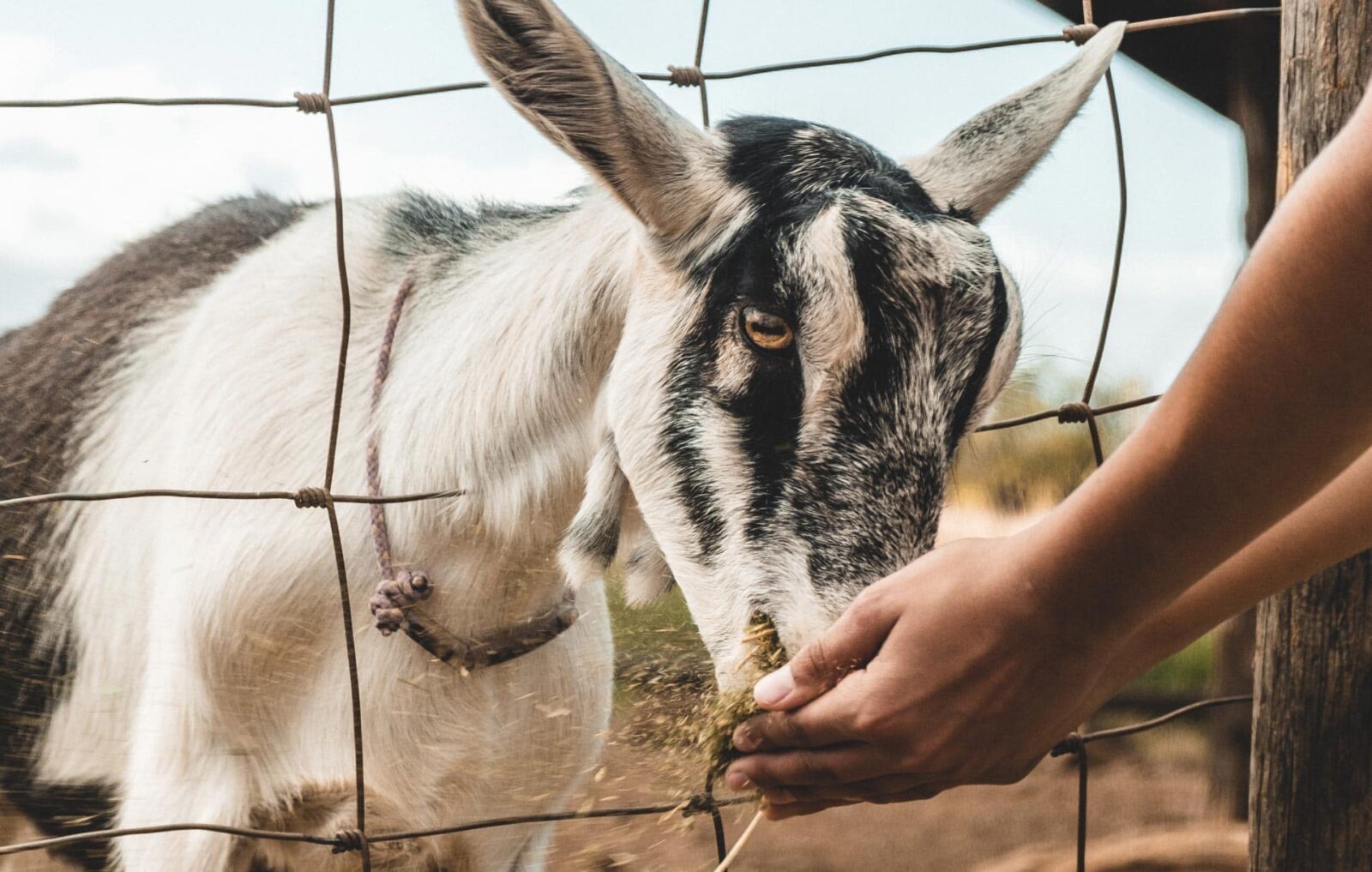






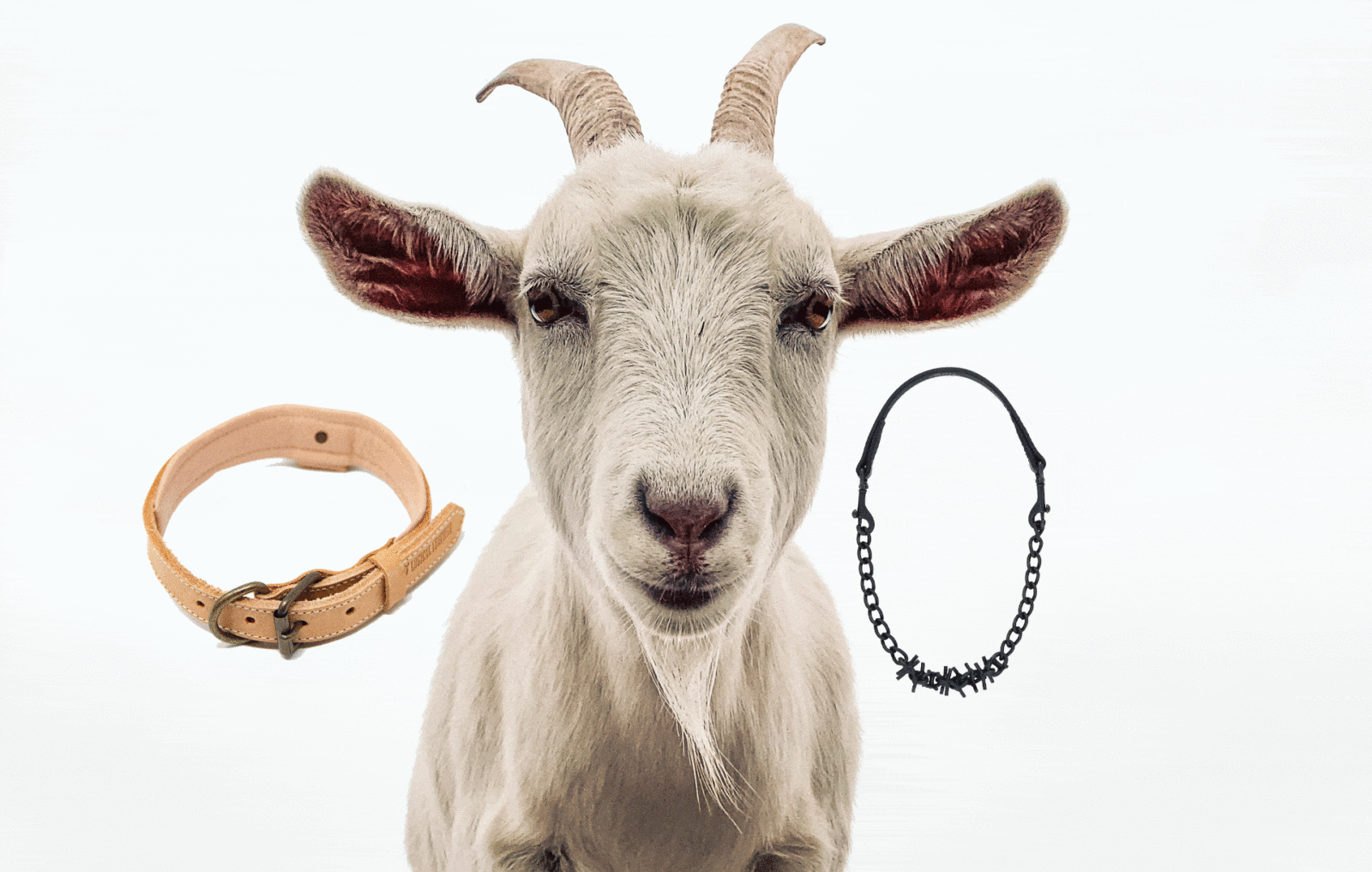


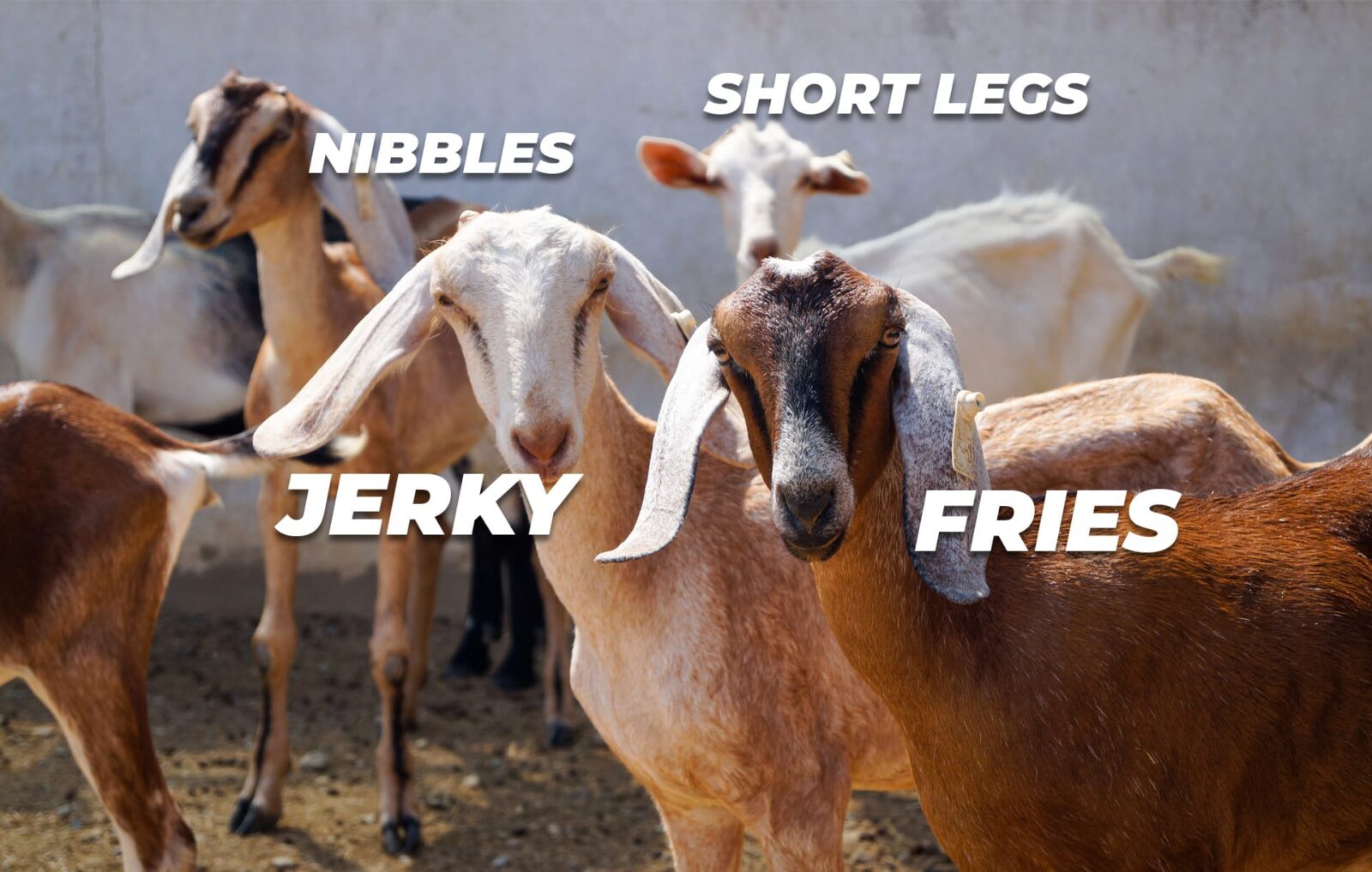
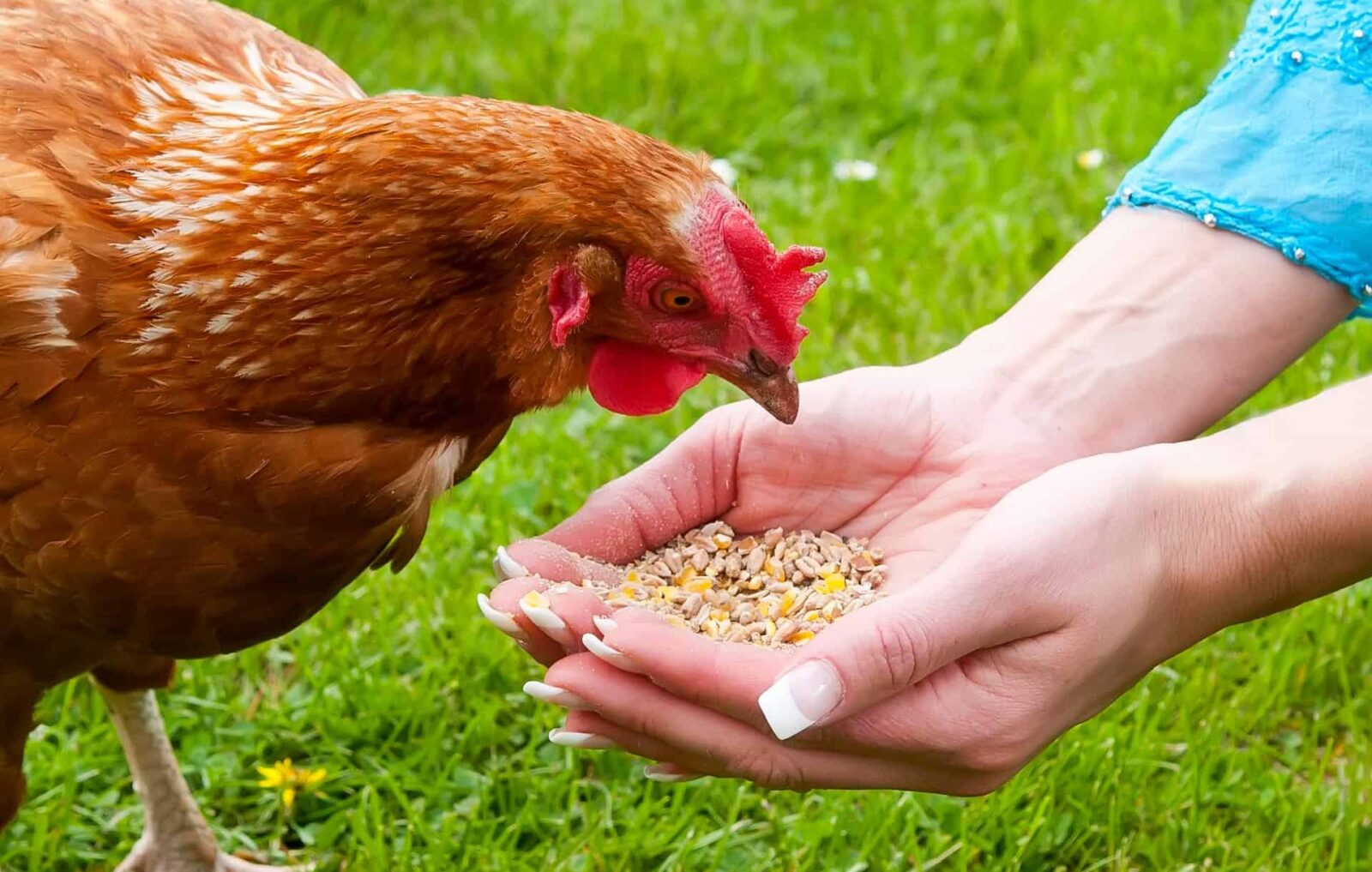
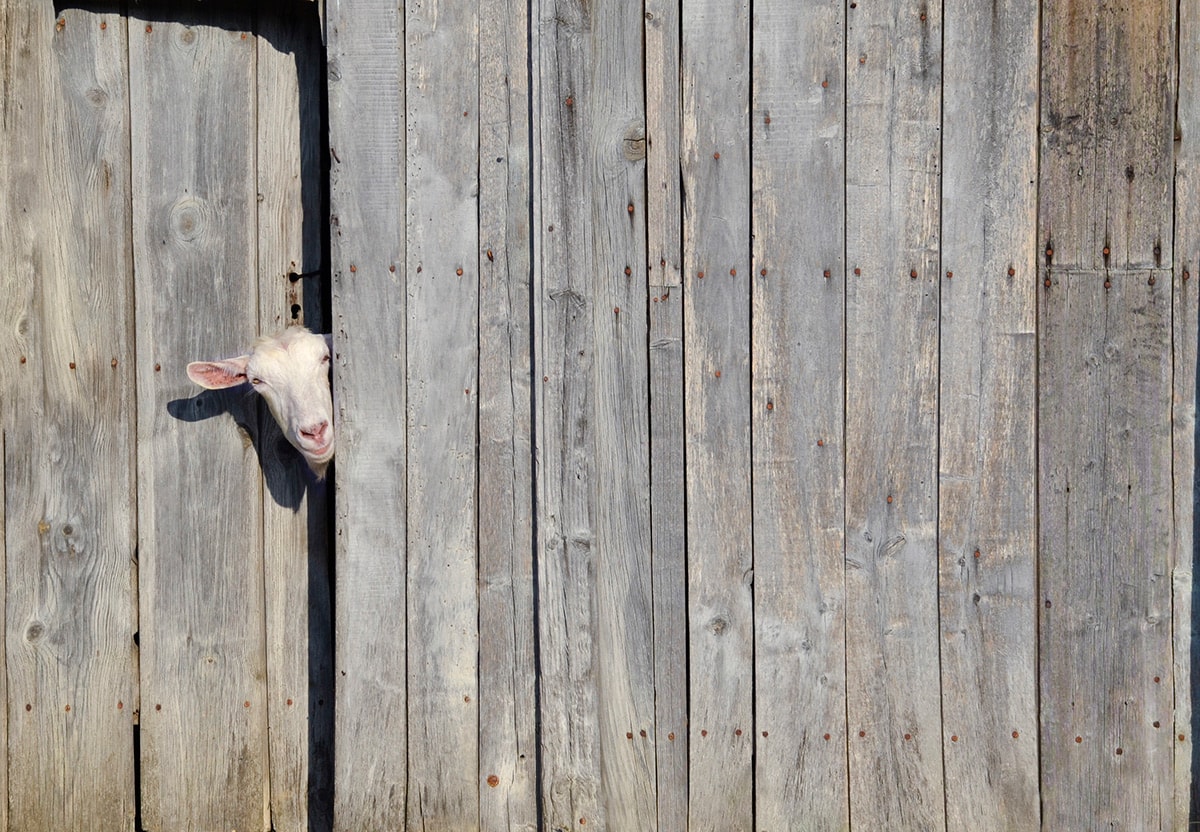



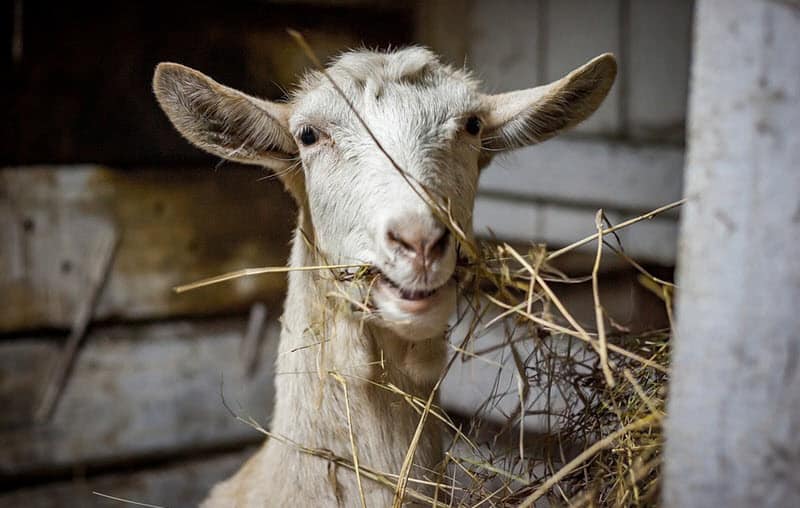

Leave a Reply